DC Comics Implies Superman Was Sexually Tortured, Scene Described As Commentary On How ‘In America, When Bad Things Happen To People Who Are Traditionally Marginalized, There’s This Feeling Of Let’s Just Move On’

According to 12-Years a Slave-screenplay-writer-turned-comics-author John Ridley, his decision to pen a story for DC Comics in which Superman is implied to have been sexually tortured during one of his previous Silver Age adventures was made in order to provide commentary on his personal perception that “the prevailing culture in this country” is “when bad things happen to people who are traditionally marginalized, there’s this feeling of okay, we get it, it was wrong, let’s just move on.”

Source: Superman Red and Blue Vol. 1 #6 (2021), DC Comics. Cover art by Evan “Doc” Shaner.
Recently making the rounds on social media, Ridley’s untitled tale features in the first issue of the recent Superman: Red and Blue anthology series and serves as a continuation to a two-part story originally published in 1970s World’s Finest Vol. 1 #192-193 wherein the Man of Steel and the Dark Knight were held prisoner in a death camp run by the state’s Soviet dictator, Colonel Koslov.
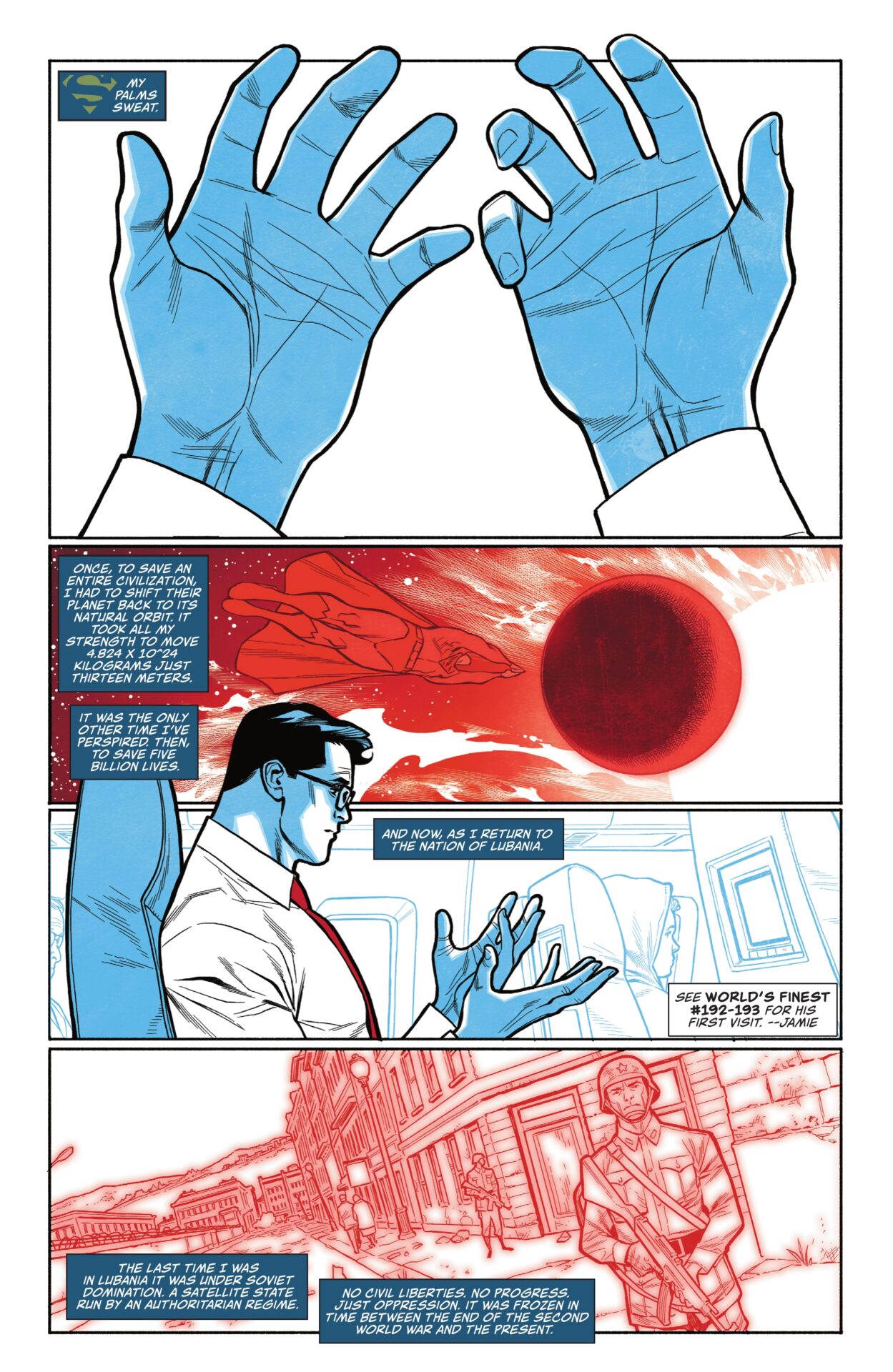
Source: Superman Red and Blue Vol. 1 #1 “Untitled” (2021), DC Comics. Words by John Ridley, art by Clayton Henry and Jordie Bellaire.
Written by Bob Haney and illustrated by Ross Andru and Mike Esposito, the originally story sees Colonel Koslov capture Superman by first by staging a false flag train derailment to lure him into the country and then, with the Man of Steel distracted, depowering him with a targeted bombardment of synthetic Kryptonite radio waves.

Source: World’s Finest Vol. 1 #192 “The Prison of No Escape!” (1970), DC Comics. Words by Bob Haney, art by Ross Andru and Mike Eposito.
After attempting to sneak his way out of Koslov’s clutches – running into a number of Lubanian soldiers dressed like the Dark Knight as part of a psy-op along the way – Superman stumbles upon Batman, who reveals that he came to the Soviet country in order to investigate his friend’s disappearance.
Unfortunately, the two are then caught by Koslov himself, who throws the titular world’s finest into “one of Lubania’s infamous ‘death camps’.”

Source: World’s Finest Vol. 1 #192 “The Prison of No Escape!” (1970), DC Comics. Words by Bob Haney, art by Ross Andru and Mike Eposito.
From there, Superman and Batman are seen being subjected to the various cruelties of the Soviet Union’s prison system in an attempt to break their spirits, including hard labor, starvation, and humiliation for nothing more than the guards’ enjoyment.
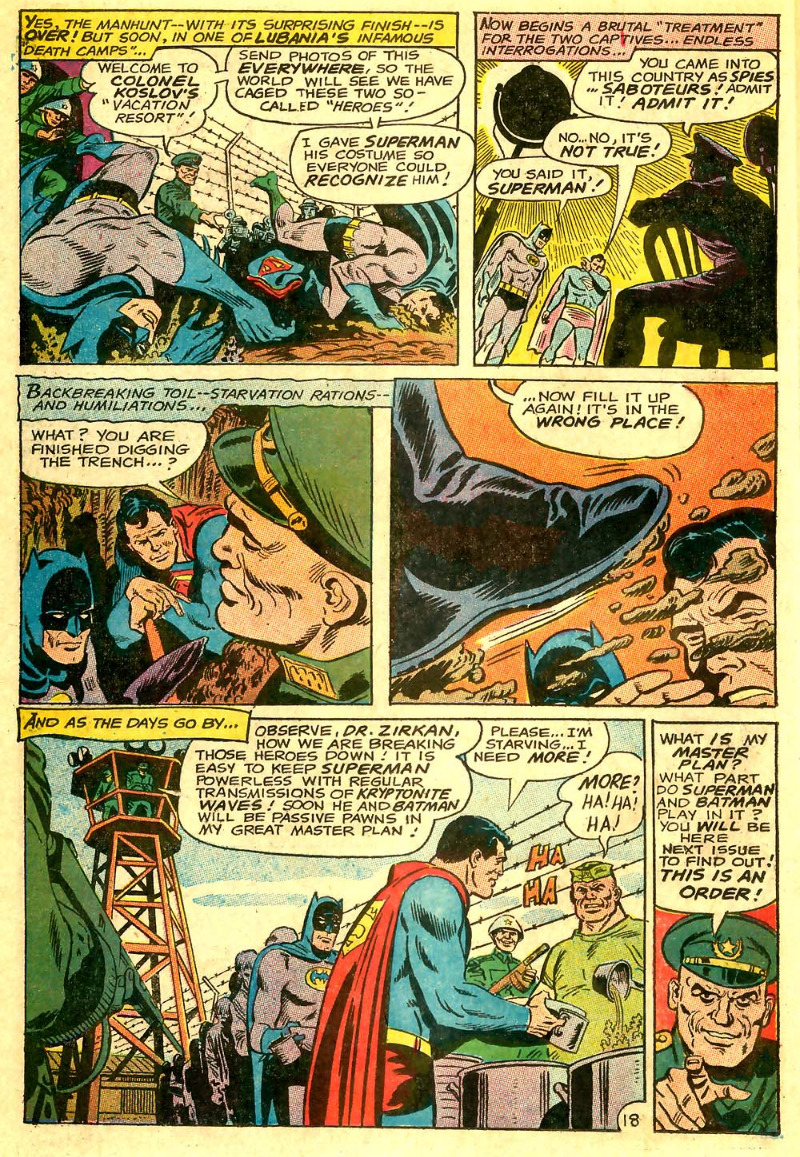
Source: World’s Finest Vol. 1 #192 “The Prison of No Escape!” (1970), DC Comics. Words by Bob Haney, art by Ross Andru and Mike Eposito.
These conditions are shown to be particularly mentally taxing on Superman, who as observed by Batman, was “not as prepared as I am for this kind of treatment.”

Source: World’s Finest Vol. 1 #193 “The Breaking of Superman and Batman!” (1970), DC Comics. Words by Bob Haney, art by Ross Andru and Mike Eposito.
Eventually, the heroes devise a plan to switch costumes, thus misleading Koslov’s Kryptonite waves into being directed at Batman and allowing Superman to slowly regain his powers.
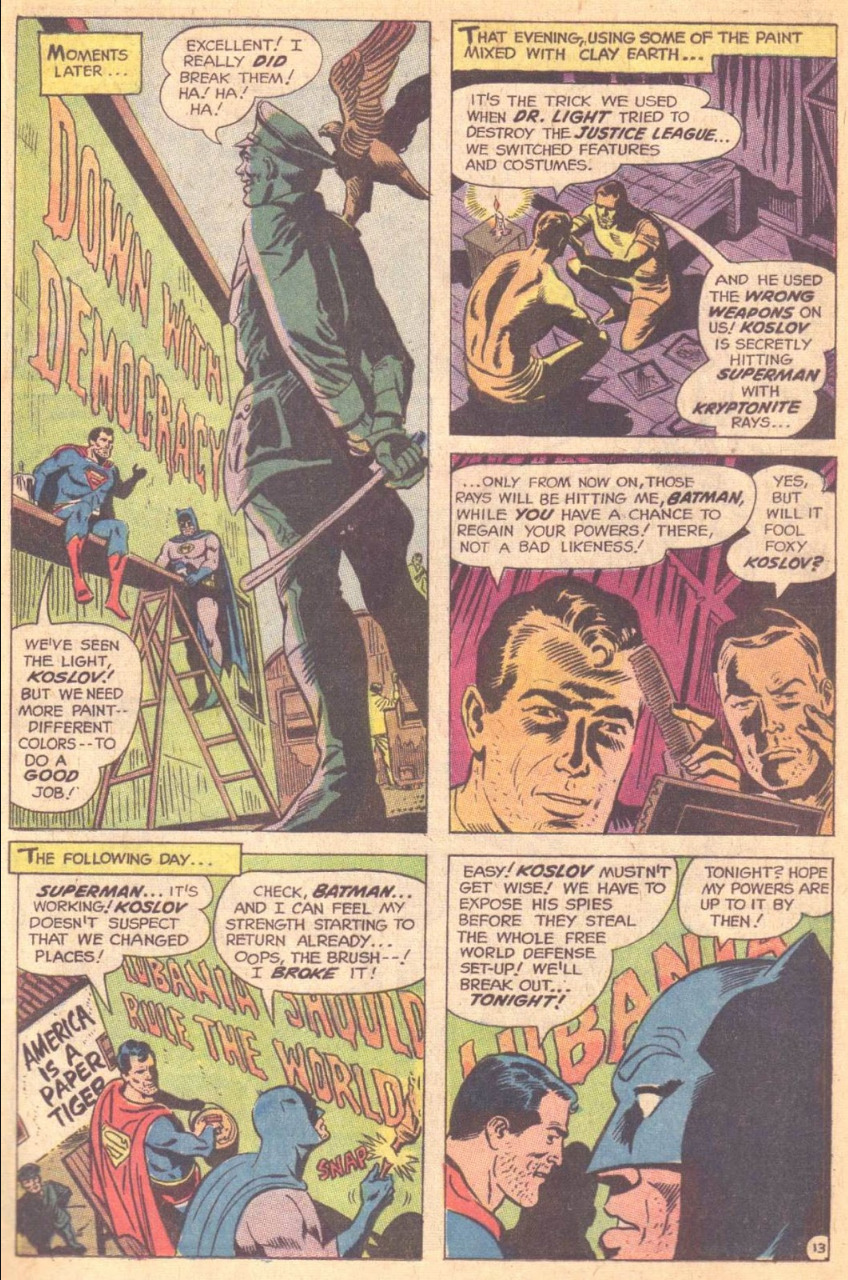
Source: World’s Finest Vol. 1 #193 “The Breaking of Superman and Batman!” (1970), DC Comics. Words by Bob Haney, art by Ross Andru and Mike Eposito.
Soon after Superman returns to full strength, the pair escape and return to Washington, leaving a disgraced Koslov to fall victim to the very death camp he once oversaw.
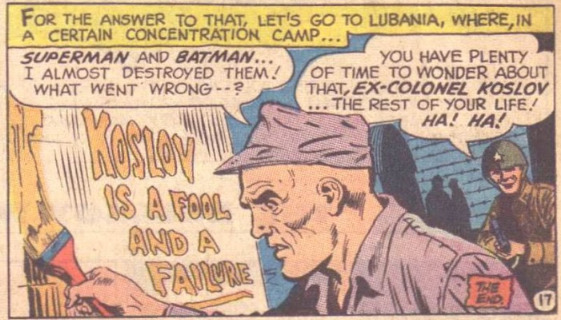
Source: World’s Finest Vol. 1 #193 “The Breaking of Superman and Batman!” (1970), DC Comics. Words by Bob Haney, art by Ross Andru and Mike Eposito.
RELATED: DC Comics And Tom Taylor’s Idiocy On Full Display, Bisexual Superman Strikes For “Climate Justice”
Returning to Lubania as Clark under the auspices of interviewing Koslov for the Daily Planet, Superman, seeking to conduct his own personal form of “therapy”, asks his taxi driver to make a stop at his former prison on his way to the one-sided reunion
Slowly making his way through the now-defunct facility, Superman then begins to reminisce on his time as Koslov’s captive.
“I was held for eight months,” he recalls. “Eight months of starvation, indoctrination, and forced labor. Eight months of being used as a propaganda tool to prove the weakness of the West. But…I’m Superman, right? Superman’s invulnerable. Superman can survive anything. That was the lie I told myself every night.”
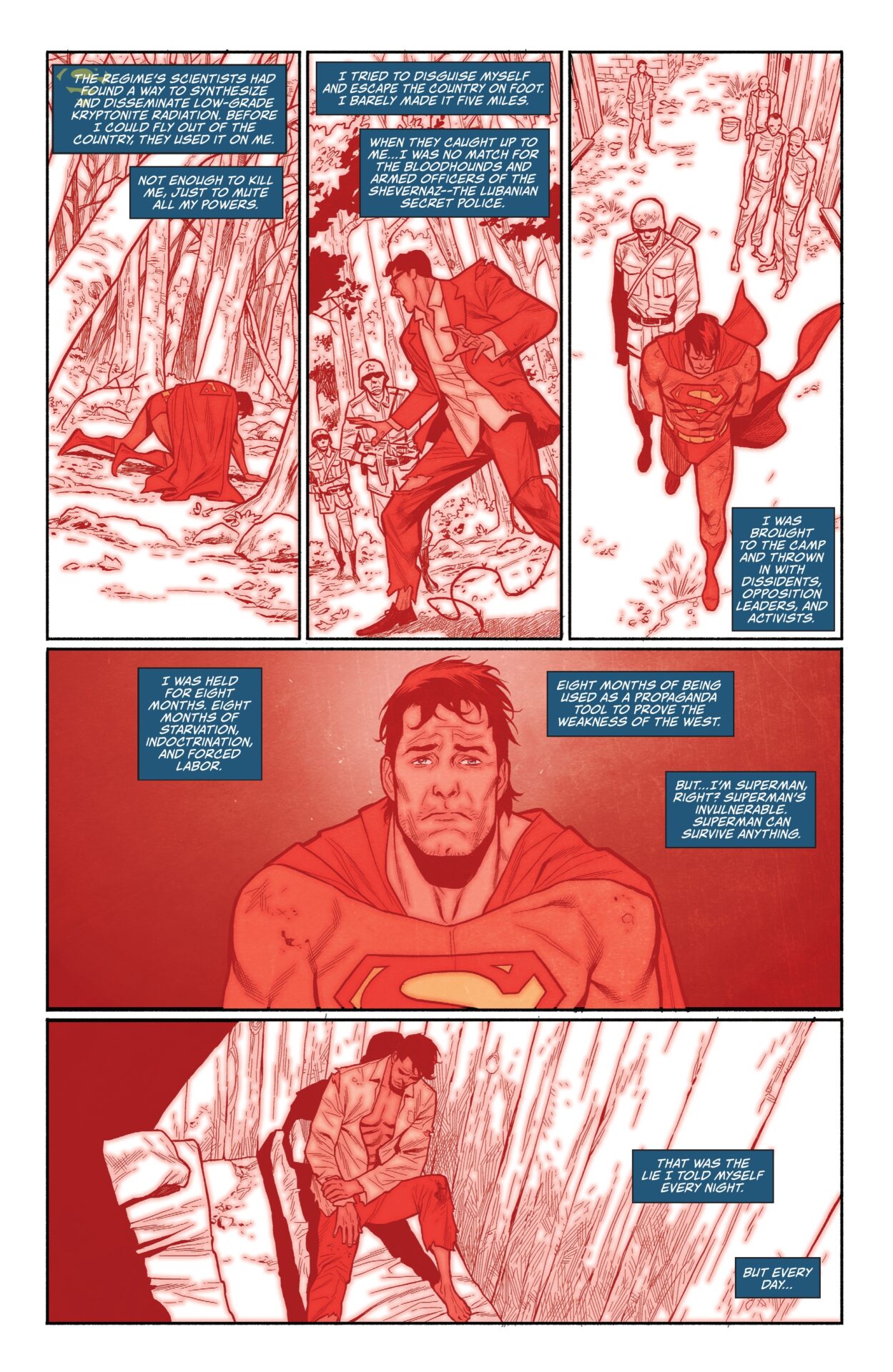
Source: Superman Red and Blue Vol. 1 #1 “Untitled” (2021), DC Comics. Words by John Ridley, art by Clayton Henry and Jordie Bellaire.
It is here that Ridley appears to put a darker, more violent spin on Superman’s time in captivity – one neither seen nor hinted at in the original story, but rather only assumed as a possibility due to the real-world implications of its setting – as Clark turns to confront his own implied sexual torture at the hands of Koslov’s men.
His memory showing him restrained in a bent over position and screaming out in pain from what the dialogue suggests to be some combination of both outright rape and penetretation with foreign objects, Clark continues, “But every day…every day they would drag me into the ‘interview room. Every day they would restrain me in a way that left me exposed and vulnerable. And everyday for eight months, they…they did things to me.”
“They did things to me while I was forced to look at him. Nikolai Koslov. The commander of the Shervernaz, the Devil of Lubania,” he adds. “It wasn’t just the torture. Koslov showed me what it was like to be truly without power. Helpless in a way Lluthor or Braniac never made me feel. Humiliated. Shamed.”
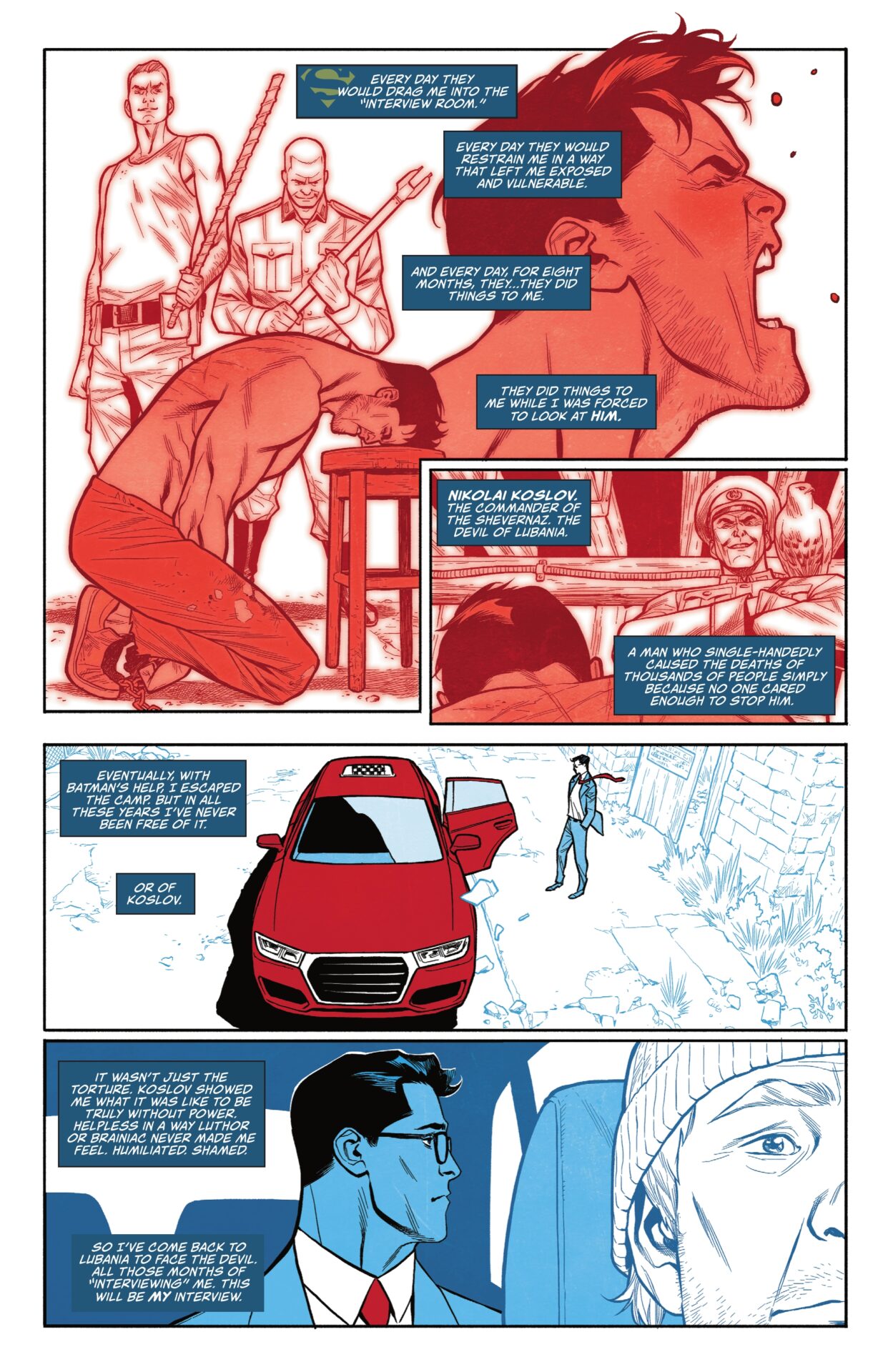
Source: Superman Red and Blue Vol. 1 #1 “Untitled” (2021), DC Comics. Words by John Ridley, art by Clayton Henry and Jordie Bellaire.
Walking back to the cab, Clark makes his way to his interview, meeting Koslov at a restaurant for lunch.
Faking interest through a conversation of the former dictator’s current business empire, Clark eventually gets to his “only real point of interest: did he have any remorse for all the thousands who died at his camp? Did he care?”

Source: Superman Red and Blue Vol. 1 #1 “Untitled” (2021), DC Comics. Words by John Ridley, art by Clayton Henry and Jordie Bellaire.
“In the end, Koslov was neither reformed nor remorseless,” Clark ultimately reveals. “He dismissed my question, saying that many people had made ‘mistakes’ during the Cold War years. The West had won, and all any of us could do now was move on.”
However, Clark is left unsatisfied with this response, concluding to himself, “It’s easy to ‘move on’ when you’re the victimizer, and not the victim.”

Source: Superman Red and Blue Vol. 1 #1 “Untitled” (2021), DC Comics. Words by John Ridley, art by Clayton Henry and Jordie Bellaire.
RELATED: DC Comics Officially Announces Superman Will No Longer Fight For “The American Way”
Shortly after its publication, Ridley opened up about his choice to explore this dark period in Superman’s history during an interview with CBR contributor D. R. Bickham.
Asked by Bickham if there was a “particular reason” he “chose to focus on a moment in his life when he was the most vulnerable”, Ridley replied, “What makes heroes most interesting to me, is when you can see their vulnerabilities and their humanity.”
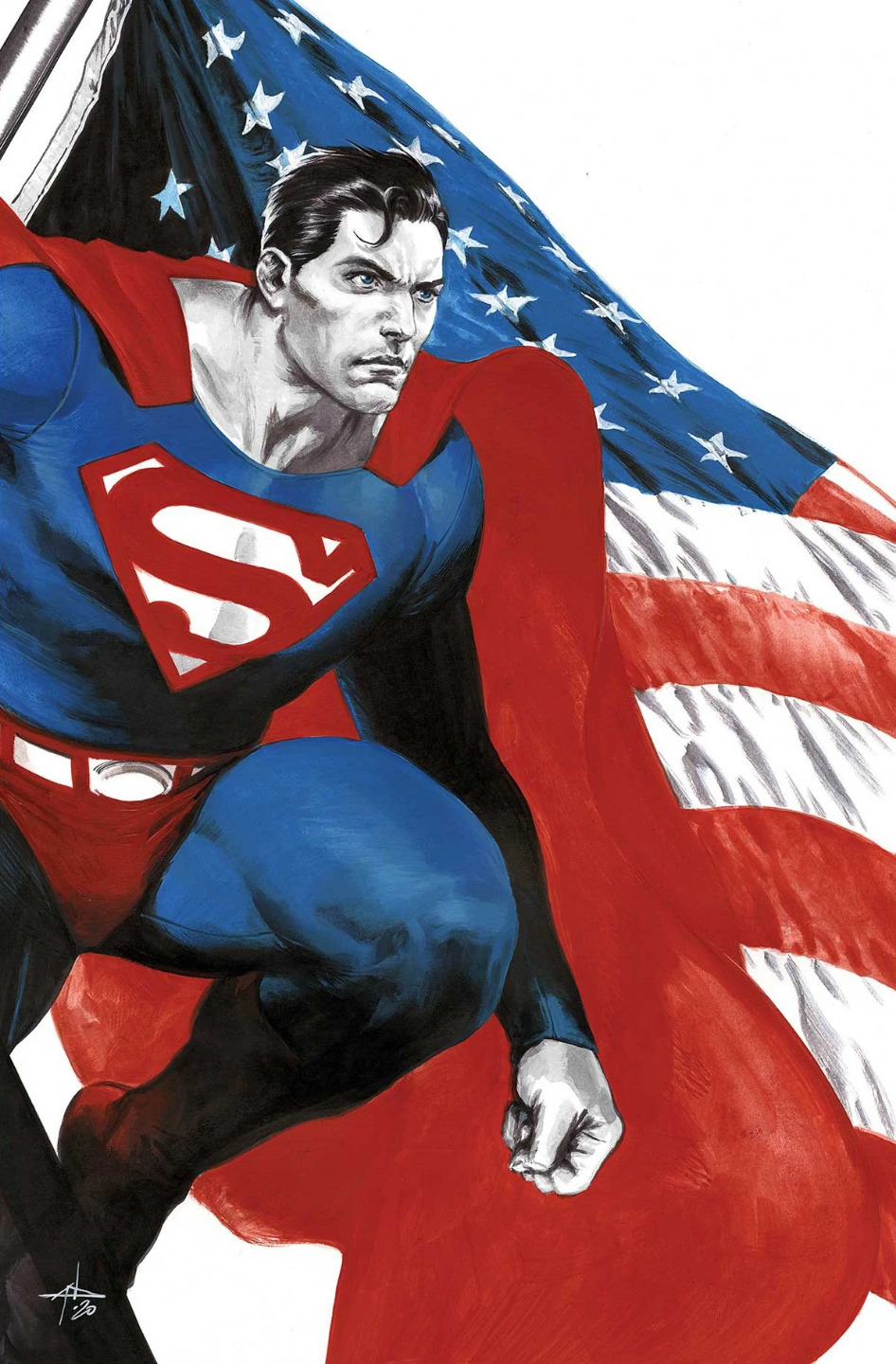
Source: Superman Red and Blue Vol. 1 #6 (2021), DC Comics. Variant cover art by Gabrielle Dell’Otto.
“To me, just as a writer, one of the things that’s really challenging, whether it’s film or TV or graphic novels, is that sense of false jeopardy, when you just know nothing’s going to happen to this hero, so you go through the entire story and end up essentially where you began,” he explained. “You know Bruce is not going away, Clark is not going away, Diana is not going away, Oliver is not going away. They just can’t you know, people love them, they sell comic books, they sell t-shirts, they sell mugs.”
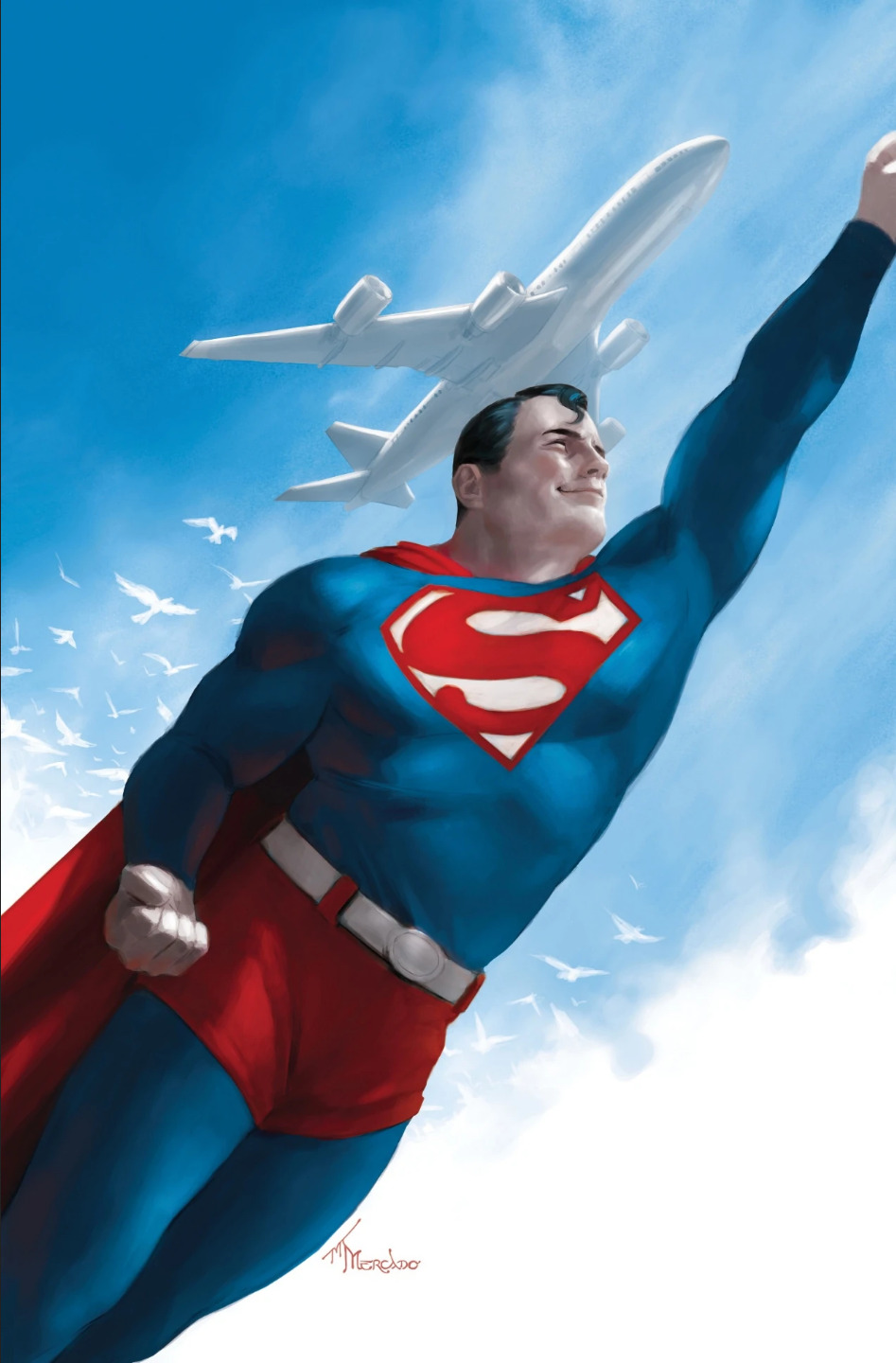
Source: Superman Red and Blue Vol. 1 #5 (2021), DC Comics. Variant cover art by Miguel Mercado.
RELATED: DC Comics Pokes Fun At Anti-Vaxxers With “Anti-Saver” Movement In Superman Vs Lobo #1
He continued, “So you get it, you know you have to write these stories that are exciting, but they have to remain. But for me as a writer, irrespective of whether it’s comic books, or TV or movies, it dissipates some of the storytelling when you have that false jeopardy, you get that cliffhanger at the end of a book, and you know everything’s going to turn out all right.”
“So for me, anytime that you can see heroes, as people where there’s pain, where there’s loss, where there are things that they can’t control, where they’re made to feel human, where they doubt themselves, there’s an element of real-life in there,” the writer added. “Now, I understand that so much of comic books is about wish fulfillment, and I don’t want to take any of that away, but part of wish fulfillment to me is not about being so super that you’re impervious, but being so human that part of being extraordinary is just getting past some of your own fears and anxiety.
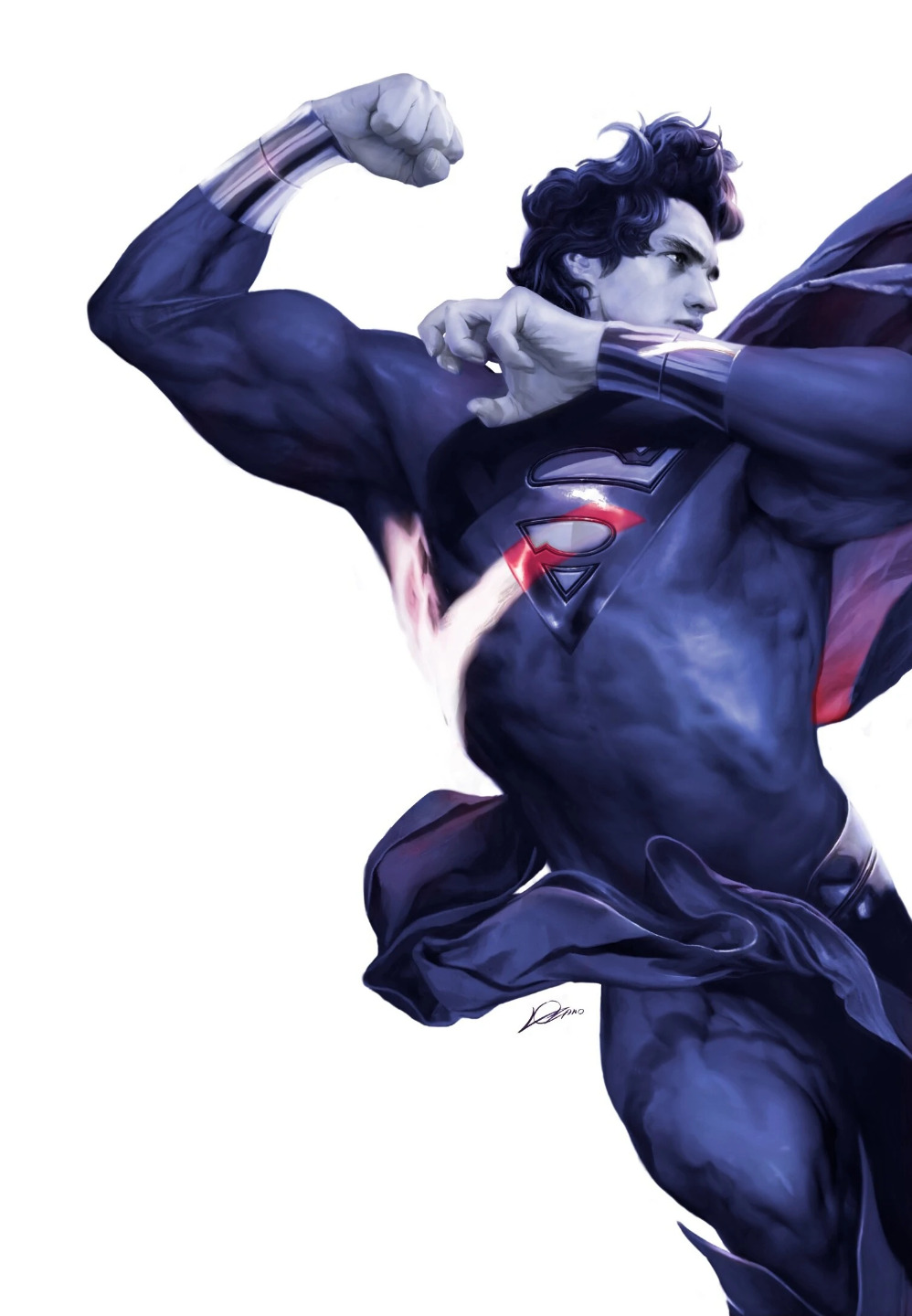
Source: Superman Red and Blue Vol. 1 #4 (2021), DC Comics. Variant cover art by Alexander Lozano.
Ridley then drew equations between his depiction of Clark’s vulnerability and the conditions experienced by healthcare workers and delivery drivers during the COVID-19 pandemic, telling Bickham, “I think that just as a person in the real world, we’ve gone through a year of fear and anxiety, but as we come out of it, we see that the people who are really extraordinary are the doctors, the nurses and the delivery people who brought us our food. Before we dismiss them as nobodies we need to realize that they’re heroes.”
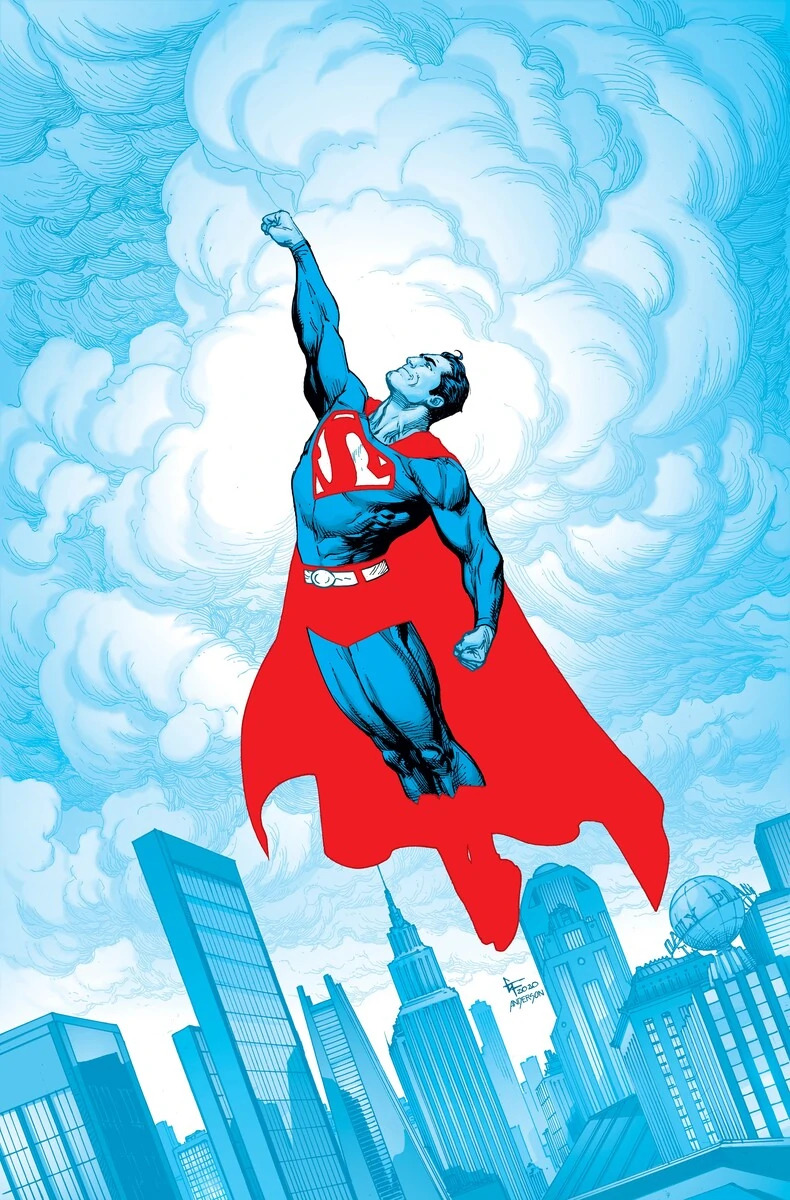
Source: Superman Red and Blue Vol. 1 #1 (2021), DC Comics. Cover art by Gary Frank and Brad Anderson.
“So to me, that’s part of the storytelling,” the author said. “And that was a big reason why I think that story, even when I was a kid, was compelling to me: because it was different than a typical Superman story. The stories that are interesting to me are the stories where you get why these characters are human and can see that humanity.
“To me, that is interesting and that is the challenge,” he asserted. “It’s not a challenge when Superman can do anything, but it becomes a challenge when he can’t do anything, but still chooses to do the right thing.”
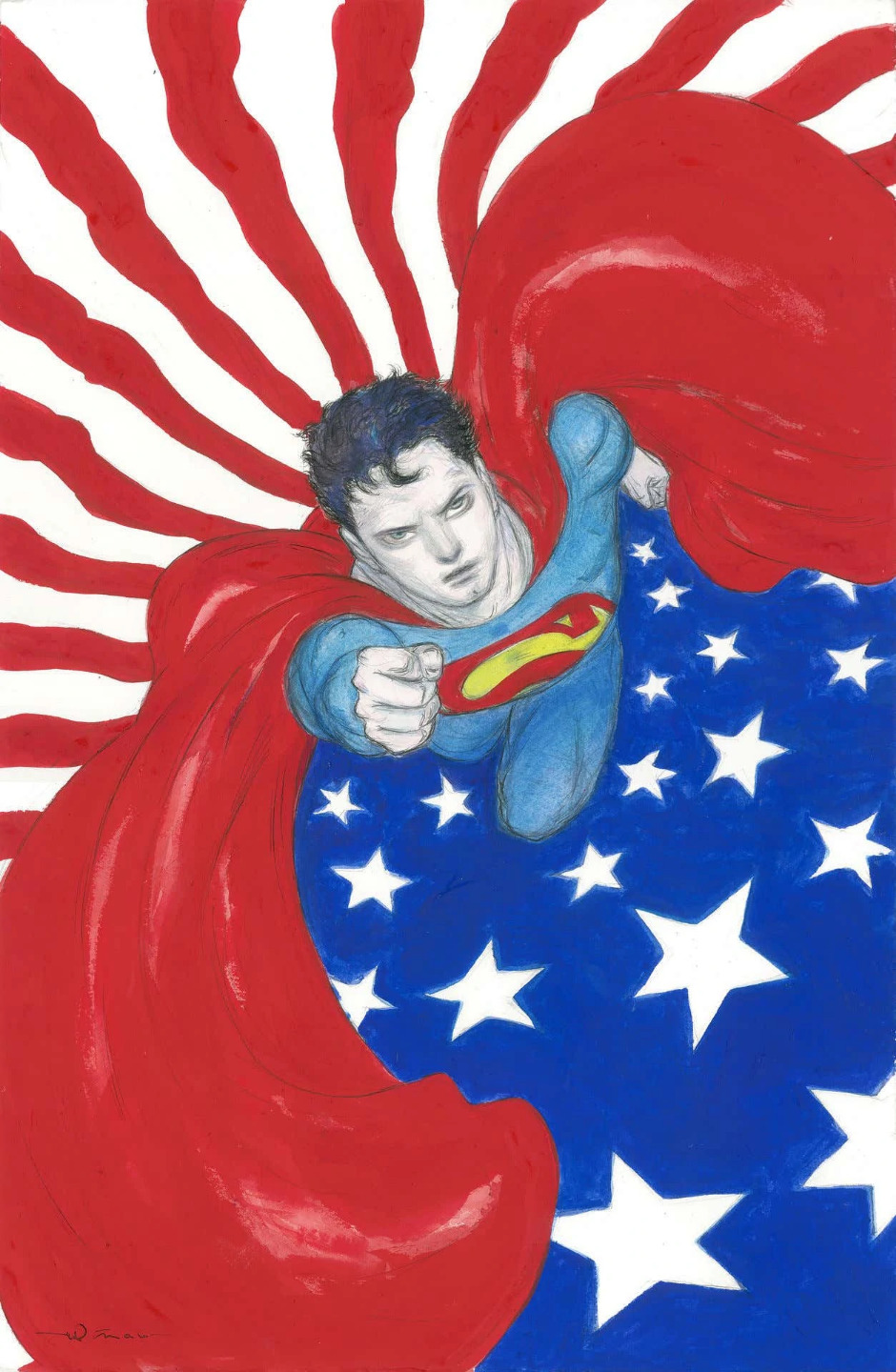
Source: Superman Red and Blue Vol. 1 #1 (2021), DC Comics. Variant cover art by Yoshitaka Amano.
RELATED: Michael B. Jordan Developing A Black Superman Limited Series For HBO Max Focusing On Val-Zod
In conclusion to their interview, Bickham drew Ridley’s attention to the above quote, “It’s easy to ‘move on’ when you’re the victimizer, and not the victim,” and asked the author, “what was the inspiration behind that quote?”
“That is my perspective about the prevailing culture in this country,” Ridley responded. “When bad things happen to people who are traditionally marginalized, there’s this feeling of okay, we get it, it was wrong, let’s just move on.”
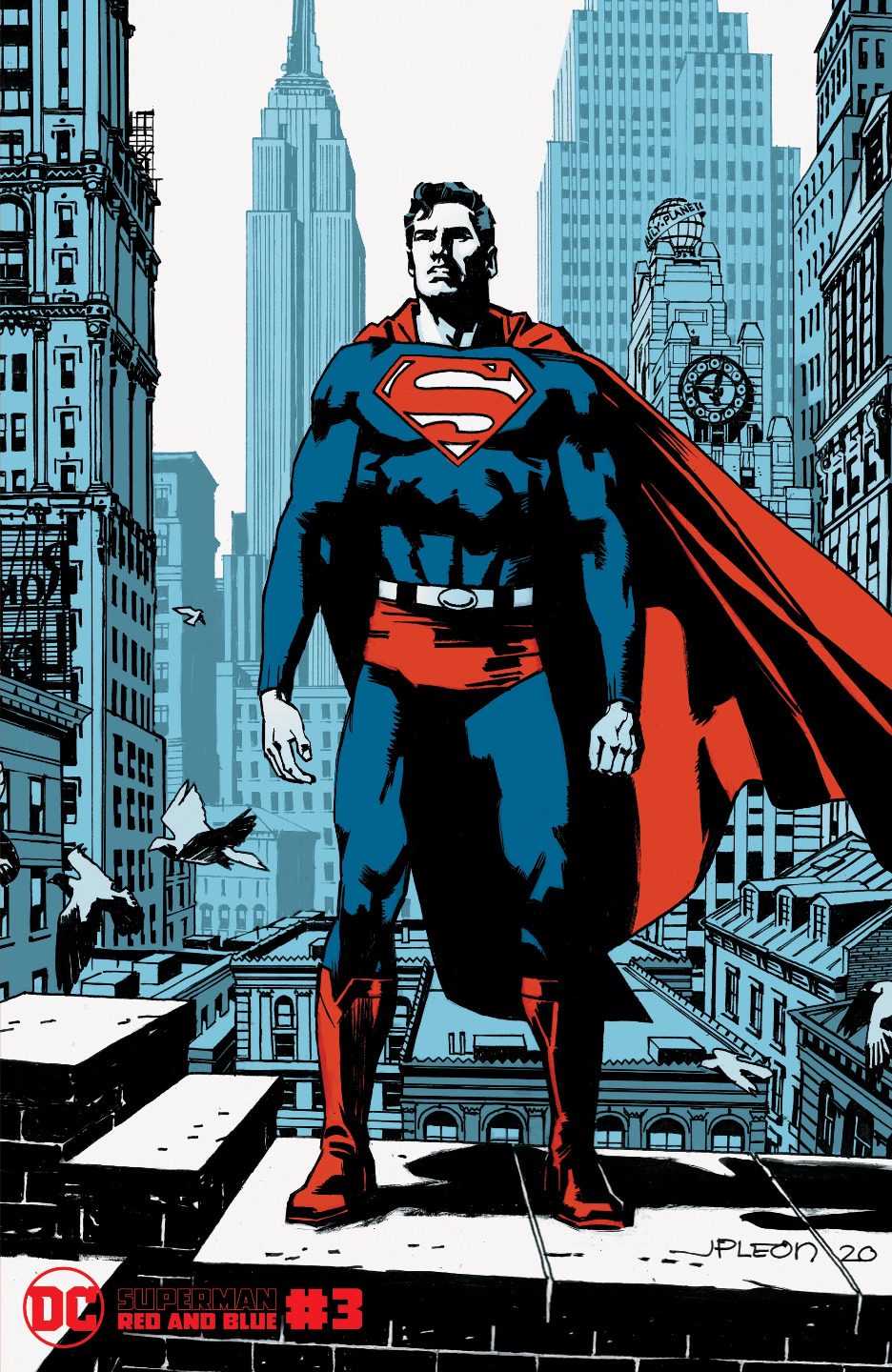
Source: Superman Red and Blue Vol. 1 #3 (2021), DC Comics. Variant cover by John Paul Leon.
He further opined, “You can see that just over the last year or even in this year with the things that happened on January 6. There are a lot of people who are like, okay, yeah, we get it, it’s bad, let’s just move on.”
“But it’s like, no, you can’t just move on, there are things that need to be worked through and things that need to be acknowledged and dealt with,” he pushed back. “It was very important for me to represent that for Superman. Even though we see him as Superman, he needed a moment where he couldn’t just move on from it.”
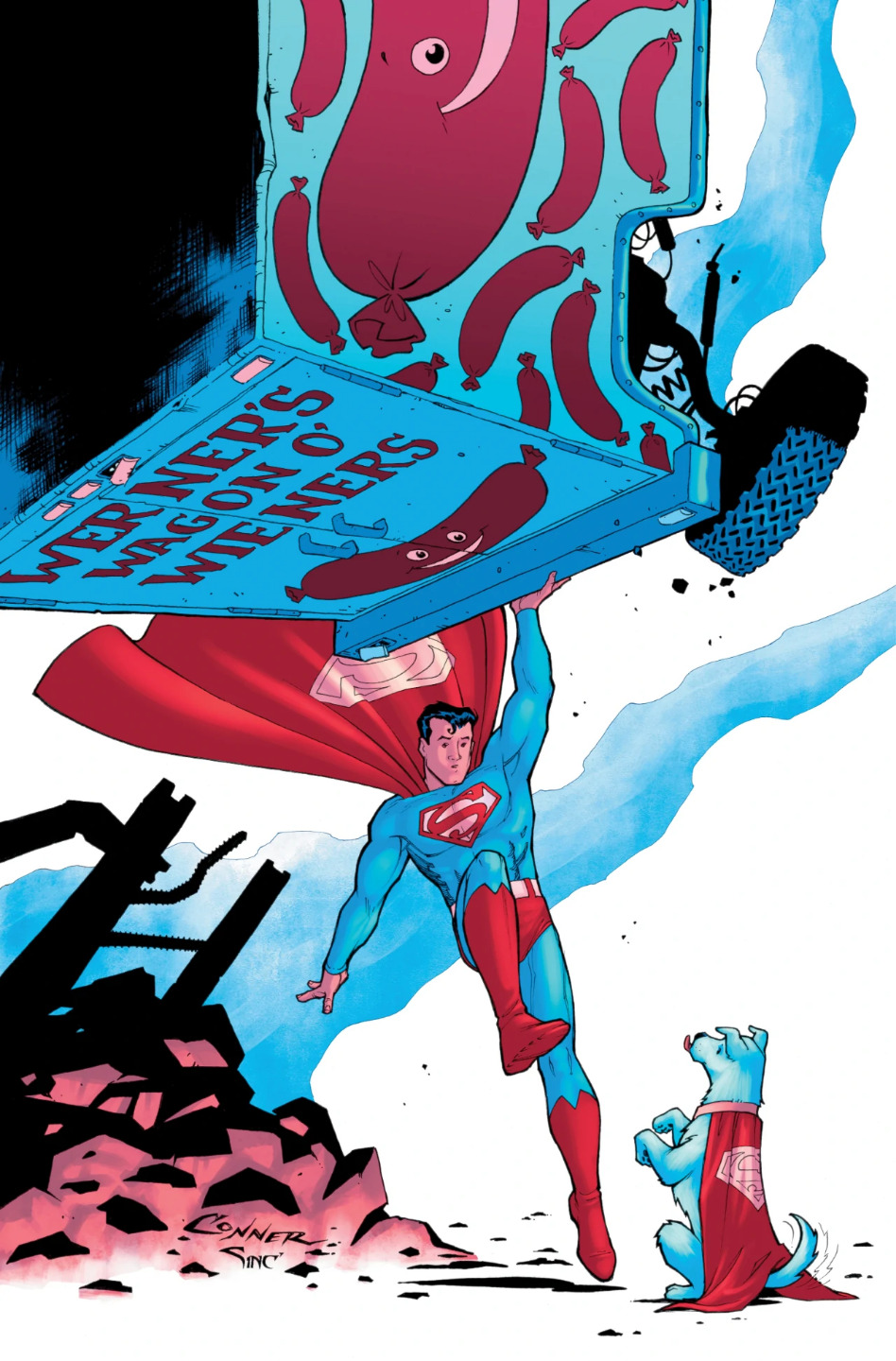
Source: Superman Red and Blue Vol. 1 #1 (2021), DC Comics. Cover art by Amanda Conner and Alex Sinclair.
“With trauma, sometimes we have to look at it, and that’s okay,” remarked Ridley. “Whether it’s societal trauma, whether it’s personal trauma, I think sometimes in life, we feel like we have to be happy today. It’s great if you can be happy, I wish happiness on everyone every day. But sometimes we have to slow down and go, ‘OK, today’s not a good day and this is why. Let me deal with that. And let me work my way through it.’ It’s okay to hurt, you know, that that’s a natural human thing.”

Source: Superman Red and Blue Vol. 1 #5 (2021), DC Comics. Variant cover by Art Adams.
Drawing his thoughts to a close, Ridley declared to Bickham, “Hurt and trauma and regular and normal emotions.
“They need to be acknowledged,” he stated. “We need to understand that it’s never good when people hurt, but it’s okay to hurt because that’s an acknowledgment that there is something going on that people need to deal with, and we need to help people deal with that hurt, trauma, or whatever they’re going through.”
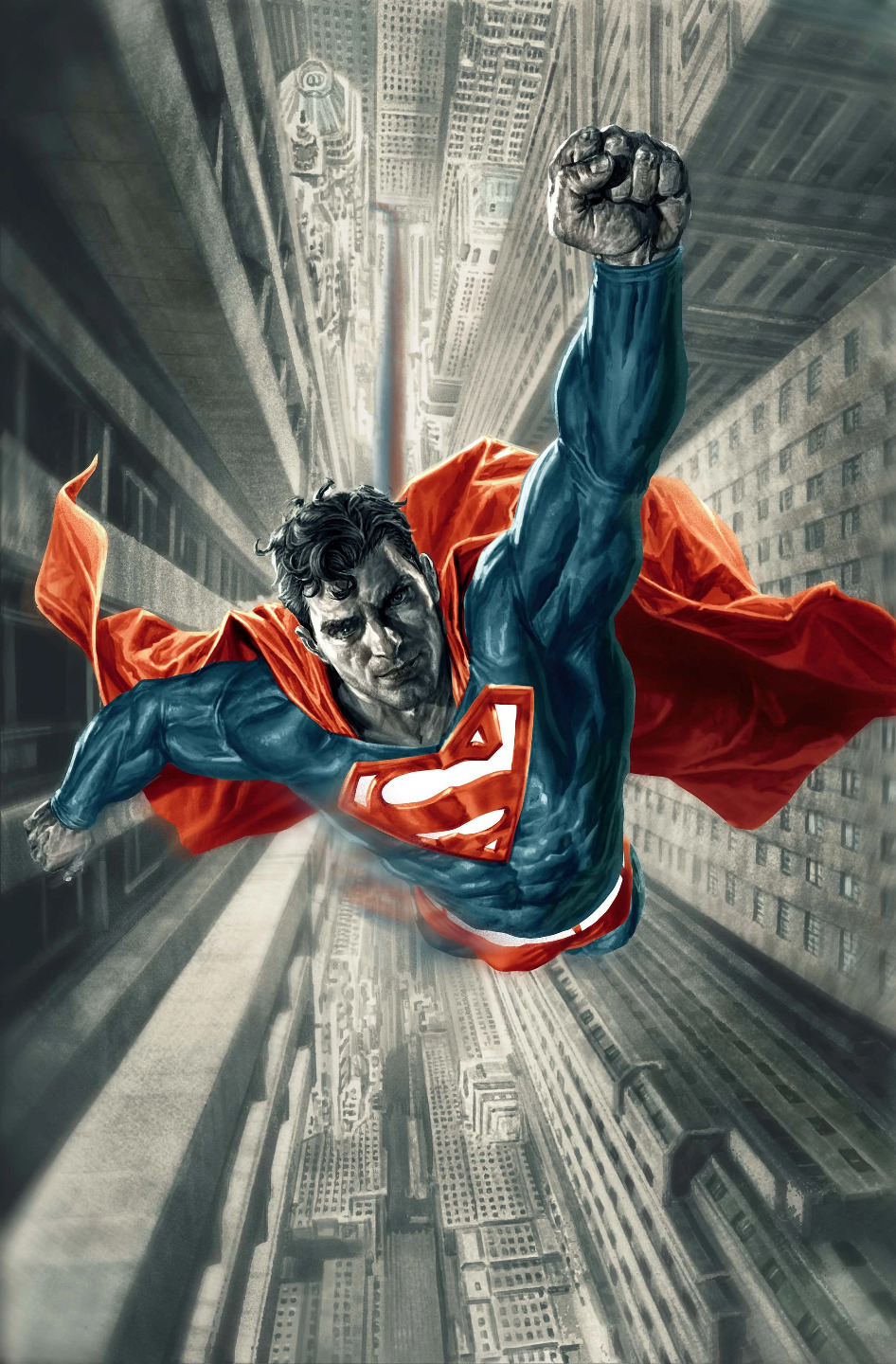
Source: Superman Red and Blue Vol. 1 #1 (2021), DC Comics. Variant cover by Lee Bermejo.
What do you make of Ridley’s twist on Superman’s time in Lubania? Let us know your thoughts on social media or in the comments down below!
More About:Comic Books
